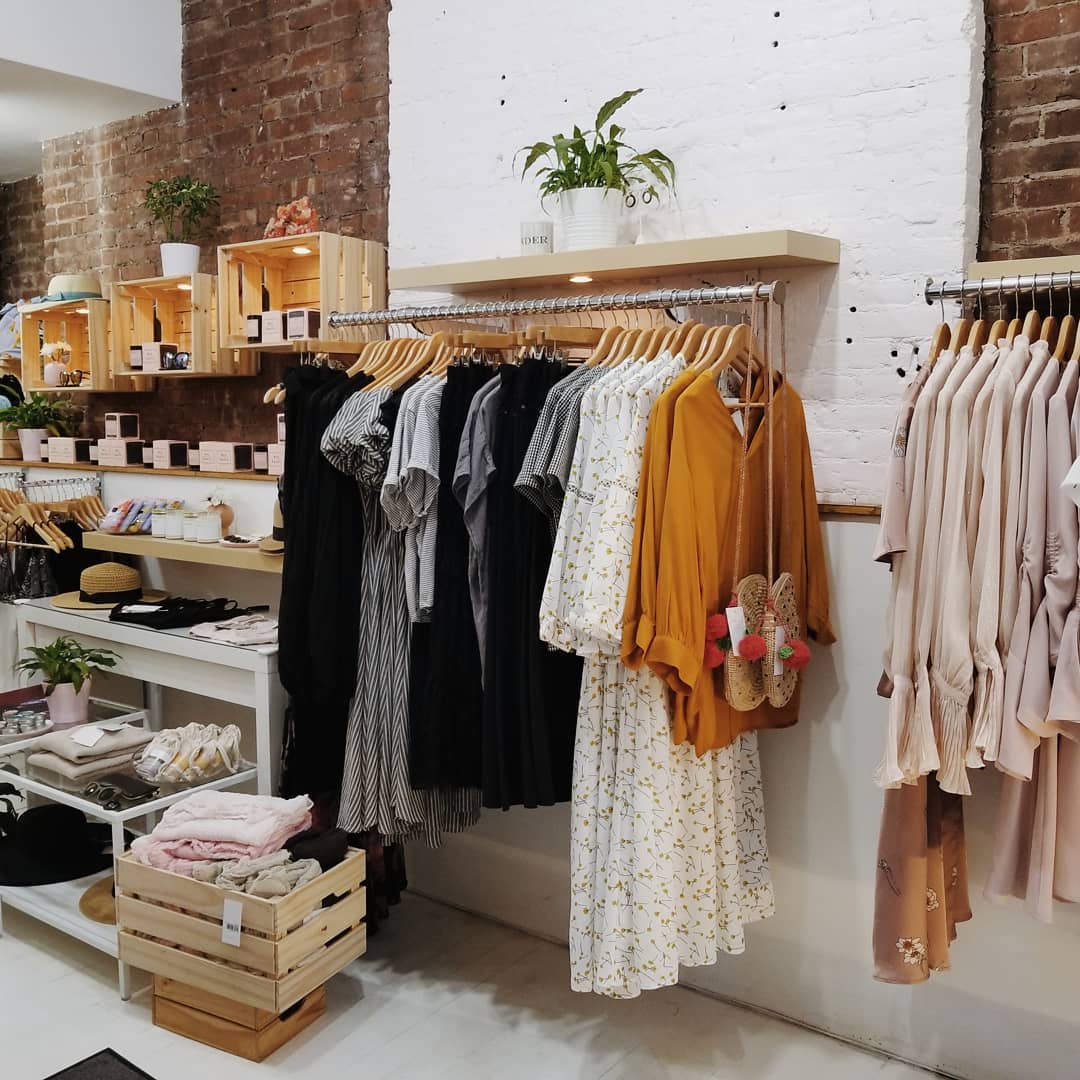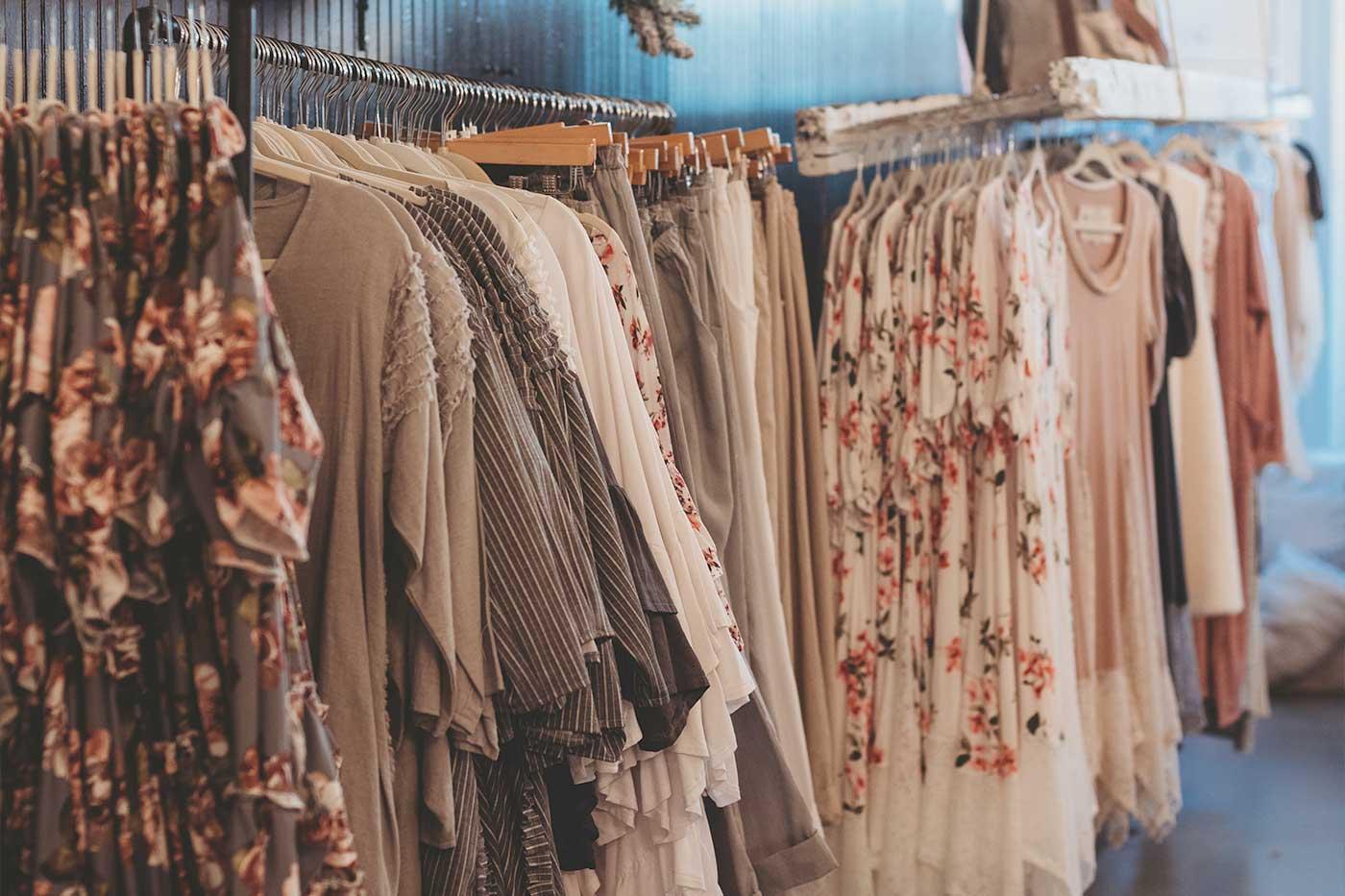The Surge of Online Buying: Finding Boutique Fashion at Your Fingertips
The Surge of Online Buying: Finding Boutique Fashion at Your Fingertips
Blog Article
A Deep Study the World of High-Fashion Runways: Recognizing Garments as Art
Developers, much like masterful musicians, weave elaborate stories via material, shade, and type, challenging typical standards and redefining appeal criteria. As we check out these sartorial eyeglasses, we must contemplate: what role does style play in forming societal worths, and exactly how does it show the ever-changing tapestry of human feeling and identification?
The Evolution of Runway Shows
The trajectory of runway programs has actually changed significantly over the decades, advancing from exclusive sector occasions to fascinating spectacles that blend style with art. Generally, path programs made love affairs, held in ateliers or little venues, primarily gone to by buyers and sector experts. These very early discussions concentrated on the garments' workmanship and commercial stability, using a useful and direct display screen of seasonal collections.
As the apparel industry expanded, the nature of runway programs began to transform. The 1970s and 1980s marked a transforming point, with developers seeking to distinguish themselves with even more theatrical presentations. This age saw the increase of sophisticated sets, choreographed designs, and thematic stories, advertising a new age where the runway came to be an experiential system. The shows changed into a type of narration, where each collection communicated a distinctive story or principle.
In recent times, modern technology and social media sites have actually further transformed runway shows, making them obtainable to a global target market. Livestreaming and digital platforms have equalized style, permitting enthusiasts worldwide to witness these events in real-time (boutique fashion). This development shows a more comprehensive cultural change, where high-fashion runways work as a vibrant junction of efficiency, technology, and design
Designers as Dreamer Artists
Exactly how have designers transcended their roles to come to be visionary artists? Designers in the high-fashion industry have actually blurred the lines between practical garment creation and the conceptual world of art. This makeover is apparent in the means they approach their collections, not merely as garments yet as profound expressions of identity, emotion, and culture. By embracing imaginative disciplines such as sculpture, painting, and avant-garde installations, developers craft garments that test traditional style standards and boost them to art kinds.
Visionary developers attract inspiration from a myriad of sources, consisting of abstract art, historic recommendations, and personal stories. They possess an unique capability to imagine and appear ideas that press the borders of conventional fashion, often redefining aesthetic standards at the same time. This imaginative ingenuity is showcased via dramatic shapes, cutting-edge products, and elaborate workmanship, which welcome audiences to experience fashion as greater than simply wearable products.
Furthermore, the runway acts as a canvas for these musicians, where lights, songs, and set design coalesce to create immersive experiences. These presentations are not simply display screens of garments however are managed efficiencies that stimulate emotion and prompt thought, verifying the developer's role as a real artist in the modern social landscape.
Cultural Influences in Style
Social tapestry weaves its detailed patterns right useful link into the material of fashion, affecting designers around the world. The vibrant interchange of cultural stories, practices, and symbols informs and inspires collections that elegance high-fashion runways. Designers thoroughly attract from their heritage or involve with cultures distinctive from their very own, crafting garments that offer as visual narratives. This cultural dialogue not only improves the visual variety however also fosters a deeper understanding and appreciation of international identities.
The impact of culture on fashion is typically seen in the reinterpretation of typical garments and patterns. For example, making use of Japanese robes, Indian saris, or African prints in modern fashion mirrors a blend of cultural credibility and modern-day looks. Designers such as Valentino's Pierpaolo Piccioli and see this Alexander McQueen's Sarah Burton have been known to incorporate rich cultural motifs right into their couture collections, equating background into wearable art.

Advancement in Textile and Layout
Technology in fabric and style consistently reshapes the landscape of high-fashion, pressing borders and redefining opportunities. Developers are significantly discovering the assimilation of modern technology, such as 3D printing, which allows for the development of complex structures that were previously unthinkable.
The style market is experiencing a surge in the usage of environment-friendly products, acquired from recycled plastics, natural fibers, and also naturally degradable elements. Developers are accepting these products to craft garments that are both mindful and visually striking of their environmental impact.
In terms of layout, speculative forms and avant-garde silhouettes are constantly reinventing the path. By incorporating innovative techniques and unusual materials, designers cultivate garments that obscure the line in between fashion and art, setting new criteria for creative thinking and expression in the high-fashion sphere.
Impact of Fashion on Culture
Style wields an extensive influence on society, offering as both a representation of social identification and a catalyst for social change (boutique fashion). visit our website Through its evolution, fashion has mirrored societal changes, encapsulating the zeitgeist of various periods.
Additionally, fashion has the power to bridge cultural spaces, promoting understanding and appreciation among varied groups. As globalisation increases, the cross-cultural exchange of fashion concepts comes to be increasingly substantial, promoting inclusivity and variety. The rise of streetwear, stemming from urban subcultures, illustrates just how style can transcend socio-economic limits, providing individuals a way of self-expression and empowerment.
Basically, fashion is not merely about aesthetics; it is a vibrant force that affects worths, attitudes, and social progression (boutique fashion). By constantly connecting with cultural and social currents, fashion remains an indispensable part of the collective human experience

Final Thought
Developers, akin to visionary musicians, coordinate collections that reflect identity, emotion, and cultural stories, testing typical appearances. This crossway of fashion and virtuosity not just mesmerizes target markets around the world but likewise influences social understandings and promotes a deeper gratitude for social diversity.

Cultural tapestry weaves its intricate patterns into the fabric of fashion, influencing designers internationally.Fashion possesses a profound impact on society, offering as both a representation of social identification and a driver for social adjustment.
Report this page